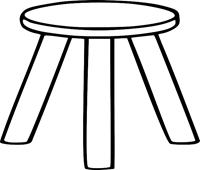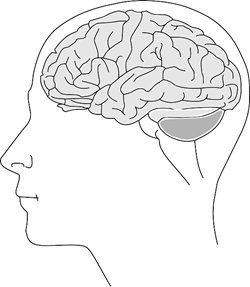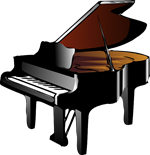The following two tabs change content below.


Greg Lee
Hi, my name is Greg Lee. I'm the creator of the Color Score Professional/Visual Chord Learning System. I love to share ideas and concepts about piano and keyboard playing in all styles of music. I believe the key to learning is having fun and making complicated things simple with visual tools and illustrations.
Latest posts by Greg Lee (see all)
- What is a minor/Major 7 Chord? - October 26, 2023
- 7 Chord Substitutions that Professionals Use - October 19, 2023
- 5 Simple Chord Tricks to Sound Amazing - October 5, 2023


 Yes, I know that it's ironic that a piano and stool are synonymous. The purpose of today's article is to break down the task of learning to play piano to three easy to understand steps. So let's take a look at them.
Yes, I know that it's ironic that a piano and stool are synonymous. The purpose of today's article is to break down the task of learning to play piano to three easy to understand steps. So let's take a look at them. The first leg of the stool is the intellectual. This is where we understand the concept of music as it relates to our logical understanding. For example, there's 12 different notes in music and they're named after first 7 letters of the alphabet.
The first leg of the stool is the intellectual. This is where we understand the concept of music as it relates to our logical understanding. For example, there's 12 different notes in music and they're named after first 7 letters of the alphabet.
 The third leg of the stool is the
The third leg of the stool is the  When you break down the three legs of the stool of learning to play piano, it simplifies the process and can give you a clearer perspective of what it takes to learn. There's more information available to you than ever before and that can be overwhelming.
When you break down the three legs of the stool of learning to play piano, it simplifies the process and can give you a clearer perspective of what it takes to learn. There's more information available to you than ever before and that can be overwhelming.